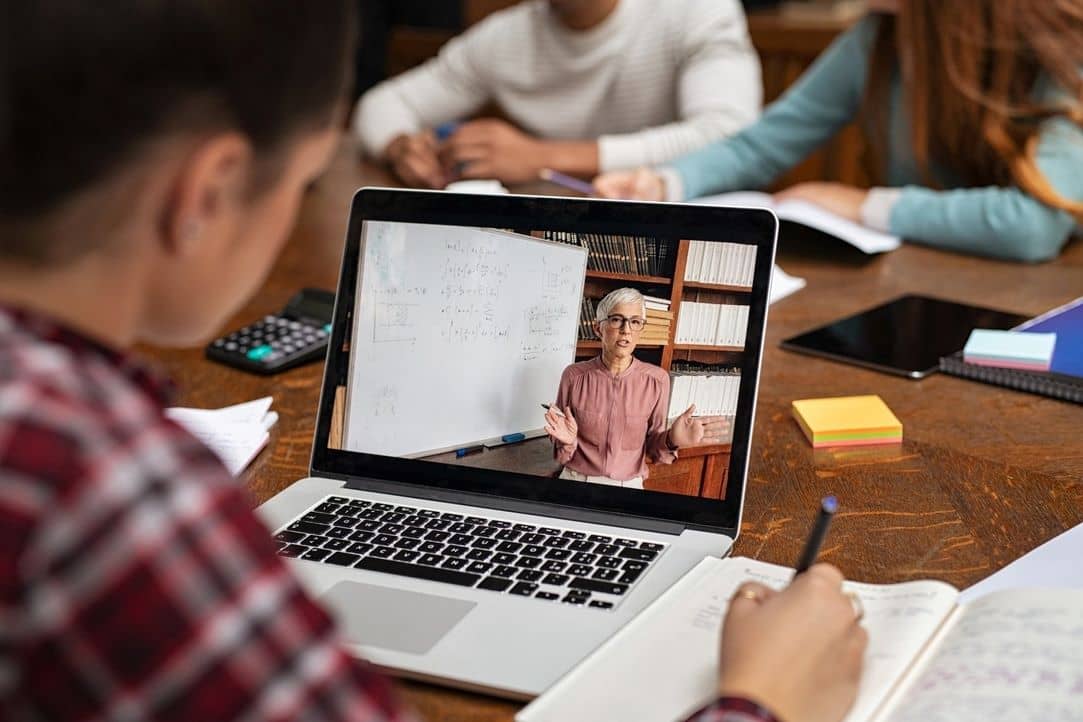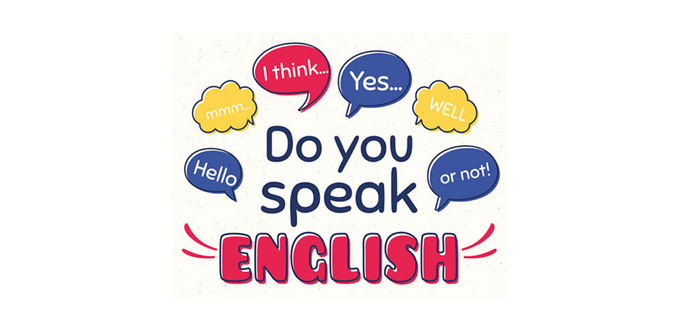Can Distance Learning Replace Traditional Classes?

The education industry began to undergo incremental change following the Covid-19. With the integration of information technologies into education, can online education match traditional education?
When educational facilities were shuttered and traditional (face-to-face) instruction was interrupted, over 1.6 billion children throughout the world’s education were negatively impacted. Many academic institutions started providing remote learning as a rapid effort to pick up where the epidemic had left off with education. But is it feasible that online education may someday supplant traditional instruction? Before deciding on this, we need prepare a list of definitions and contrasts.
What is conventional education?
The tools used in a classroom setting for classical education include books, pencils, chalkboards, and blackboards. We have all been there, thus this teaching strategy is the easiest to manage. When a teacher or instructor sits in the front of a physical classroom while students take up the remaining space, pupils frequently adopt a more passive position. They are lectured to and instructed to remember the material.
What is online education?
Students can take advantage of this kind of educational program by enrolling in it online or asking to take my online class. One of the most widely used methods of education in recent times has been learning through various websites. Modern education teaches knowledge more effectively and impeccably, overcoming the challenges posed by traditional teaching methods. The goal of distance learning is to impart the same information and knowledge as traditional learning. Technology-driven learning has been able to engage a wide range of educators as well as students by delivering information via online platforms or websites. Through distance learning, teachers and students may perform evaluations online, which can be highly convenient and flexible for both sides. The security of these online tests may be ensured via online proctoring software.
What distinguishes traditional education from distance learning?
Distance learning allows students to take courses from anywhere because they are taught online. However, in traditional education, students are required to attend school or college.
As technology develops, online education may someday displace traditional schooling. Students may work at their own speed and develop self-discipline at home since they have greater control over their schedules. This versatile learning approach would be made much easier if more live lectures were recorded.
There are distinct advantages to both traditional education and online learning. In an ideal world, people ought to be taught how to make the most of both systems. However, the following information can be helpful if you are deciding between traditional learning and distance learning:
Traditional (offline) Learning
- Daily face-to-face interaction
- Happens in actual homerooms.
- It must adhere to a specific schedule.
- Growing as individuals and as a group.
- The price of education is higher.
Distance (Internet) Learning
- Happens over the web.
- Can be accessed at any time.
- It gives adaptability.
- Encourages students to learn on their own.
- Less Expensive
Therefore, is it possible for distance learning to truly replace in-person instruction?
Given the aforementioned technical advancements, students may already prefer distance learning over traditional courses, despite the fact that e-learning is unlikely to completely replace traditional classrooms. A high-tech type of distance learning may offer a better learning environment and a course at home with more practical application if students are unable to attend your chosen university in another country for your course. Students who are unable to attend regular classroom education due to time, distance, or other restrictions have a terrific choice in location learning.
The majority of educators concurred that offering pupils online courses that are technologically proficient improves the educational worth of their experience. Distance learning requires greater collaboration between students, teachers, the curriculum, organizational and structural variables, and e-learning. When the method of remote learning is well explained to students, they will readily accept and adjust to it.
Online education can sometimes be challenging because it requires a device that can connect to the internet and Wi-Fi at a sufficient rate. As a result, providing students with access to technology is one of the most important ways to help them succeed in distance learning.
Even while it is very easy to run theory-based digital sessions, providing practical online seminars can be difficult. Consequently, applicable courses could provide in-person instruction. Therefore, as technology develops, we may expect that online learning will augment and complement the traditional classroom in ever-inspiring and innovative ways.
There is no denying that online learning, especially at the university level, presents unique difficulties. Although it is commendable that the educational sector was able to react to the epidemic so rapidly and make lectures, dialogues, and readings available to individuals outside of traditional educational settings.
Coclusion
It runs the risk of barring certain individuals and sustaining the misleading idea that college is just about scholastic hypothesis. Therefore, in the future, education must incorporate combining online and offline education, the former acting as an addition to the latter.
Additionally, campus life must not change. Both on the web and conventional have their put and contingent upon the circumstance, one may be more qualified than the other. Regardless of which option you choose; you will need to consider each situation individually.
How would you reach your students the most effectively?
Which ones might come with costs?
Is this the most effective method for educating students and interacting with them?
You might want to think about one or the other, or a combination of the two, when deciding how to teach. Regardless, you should always try to make the most of each approach for your students.






